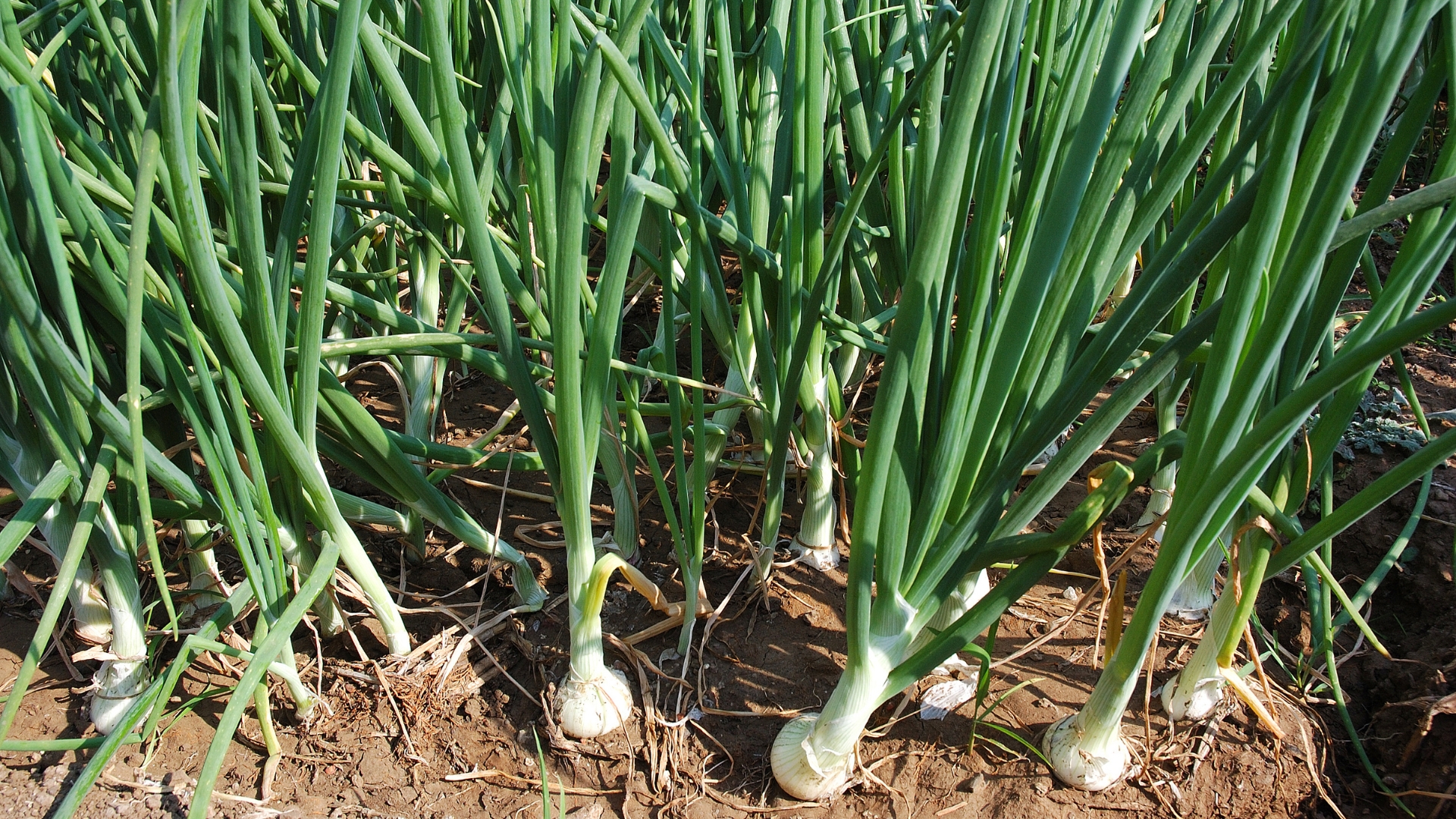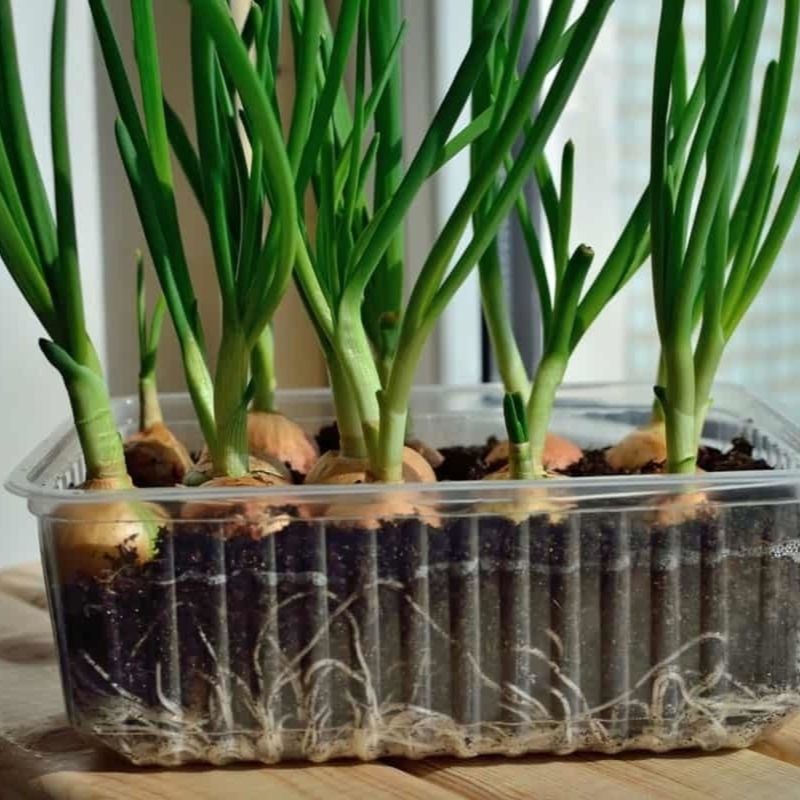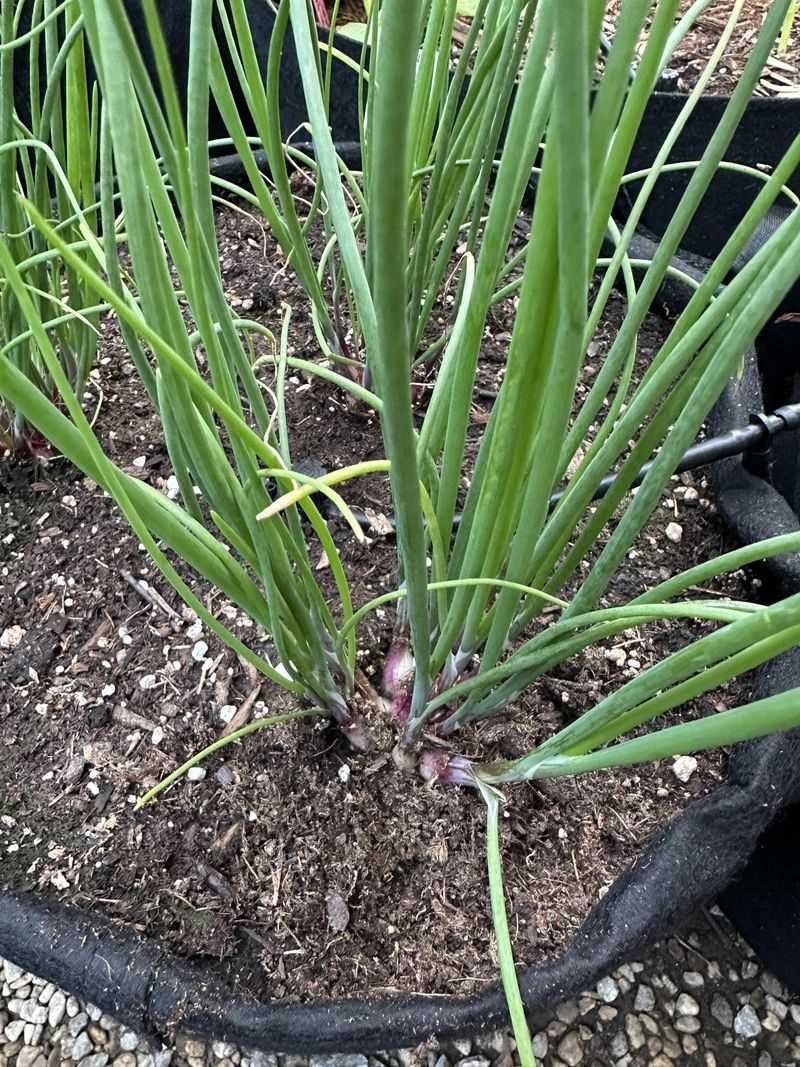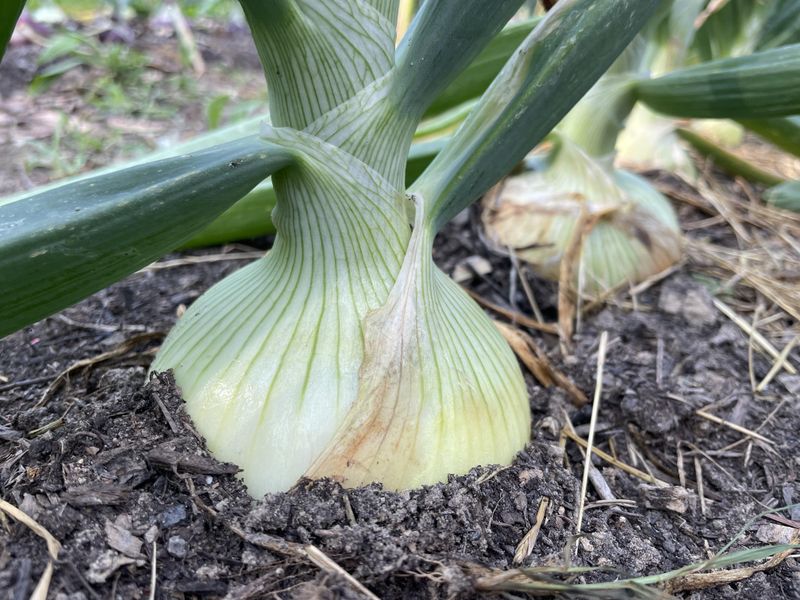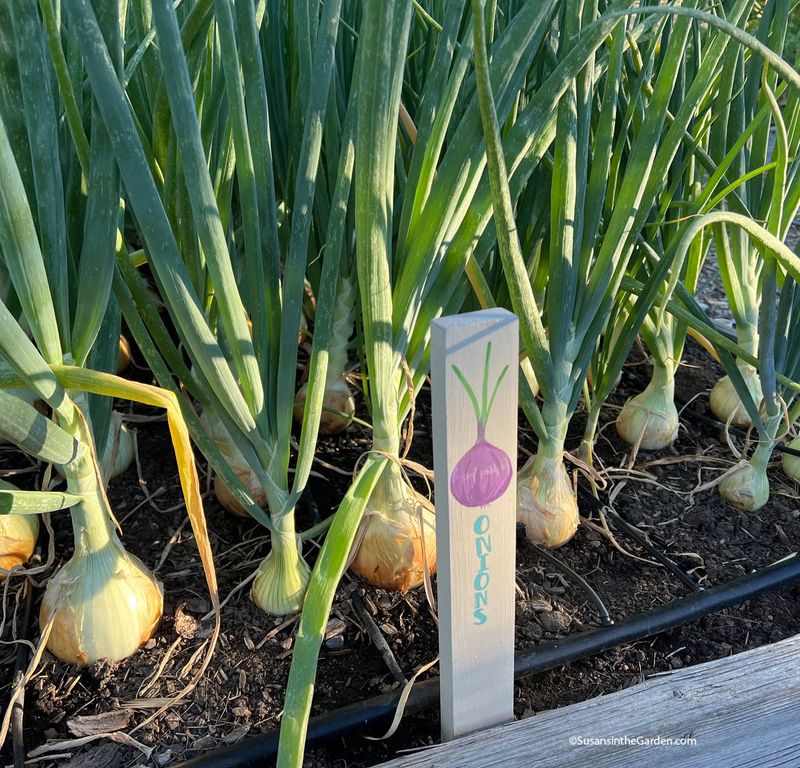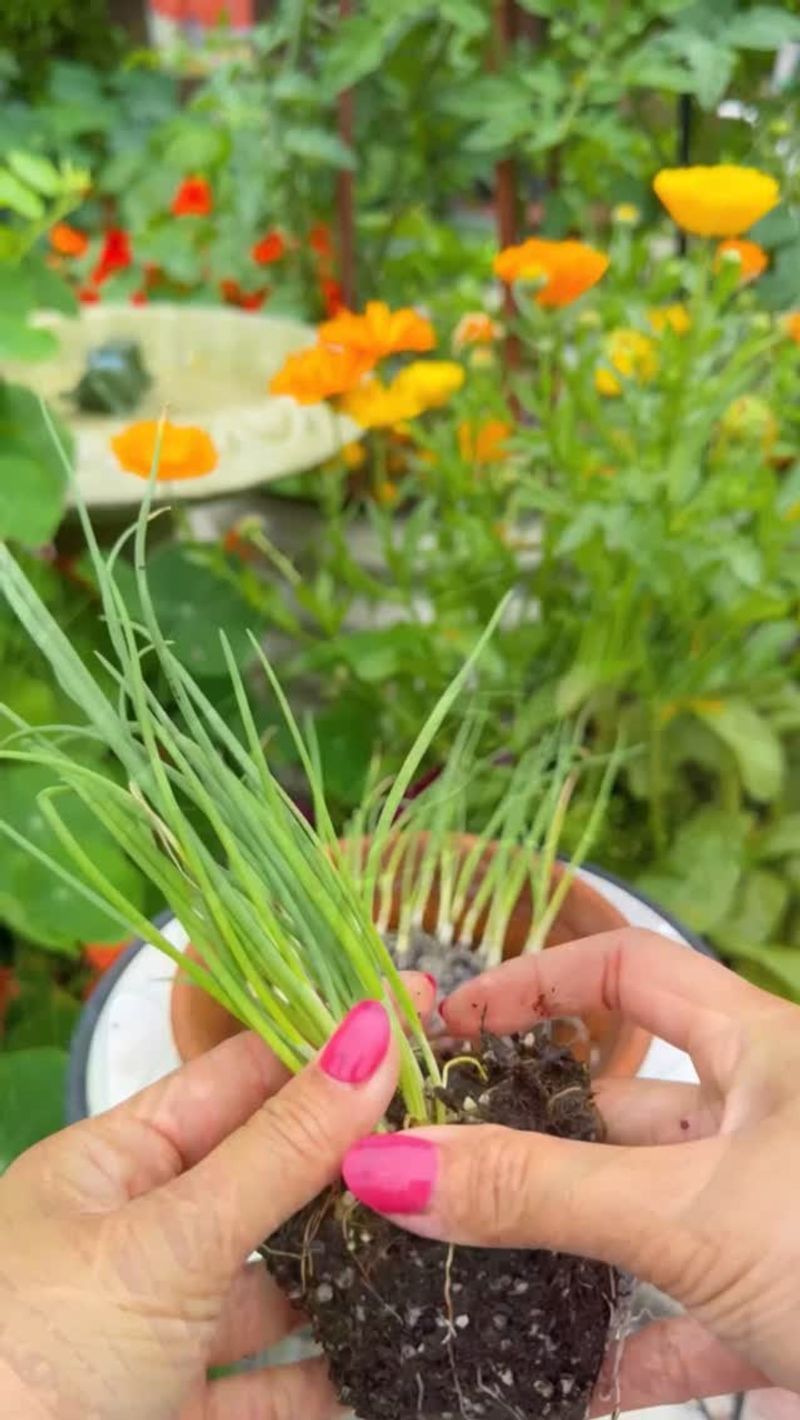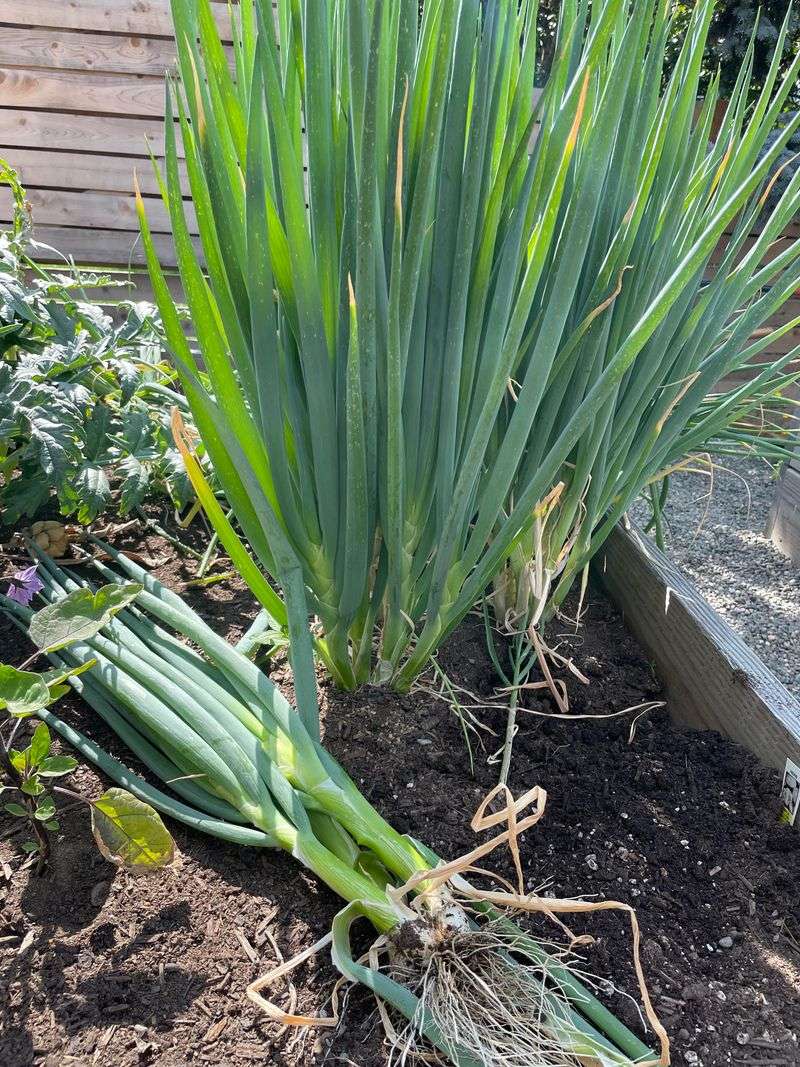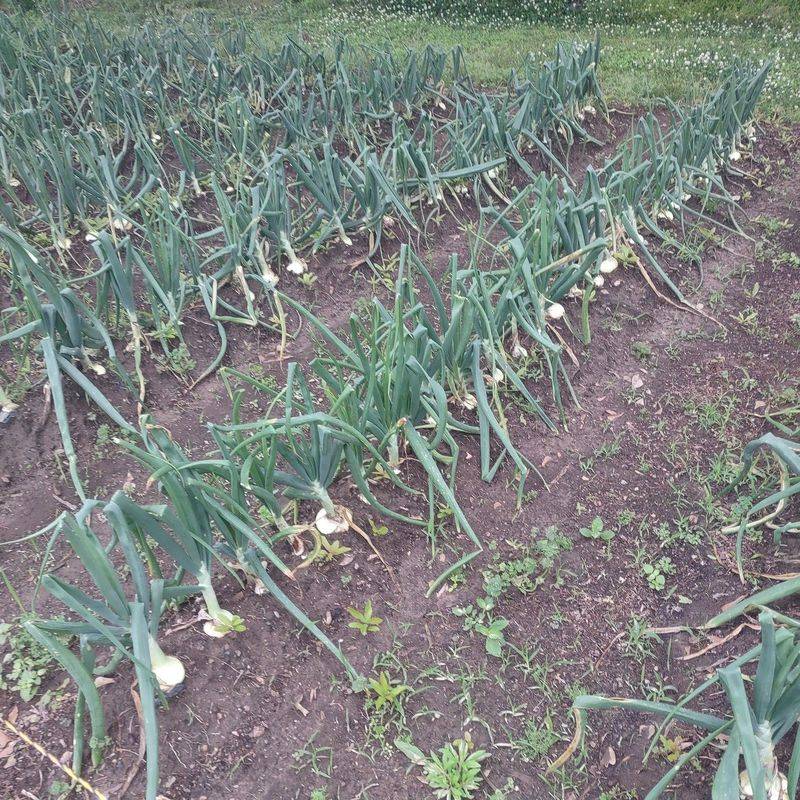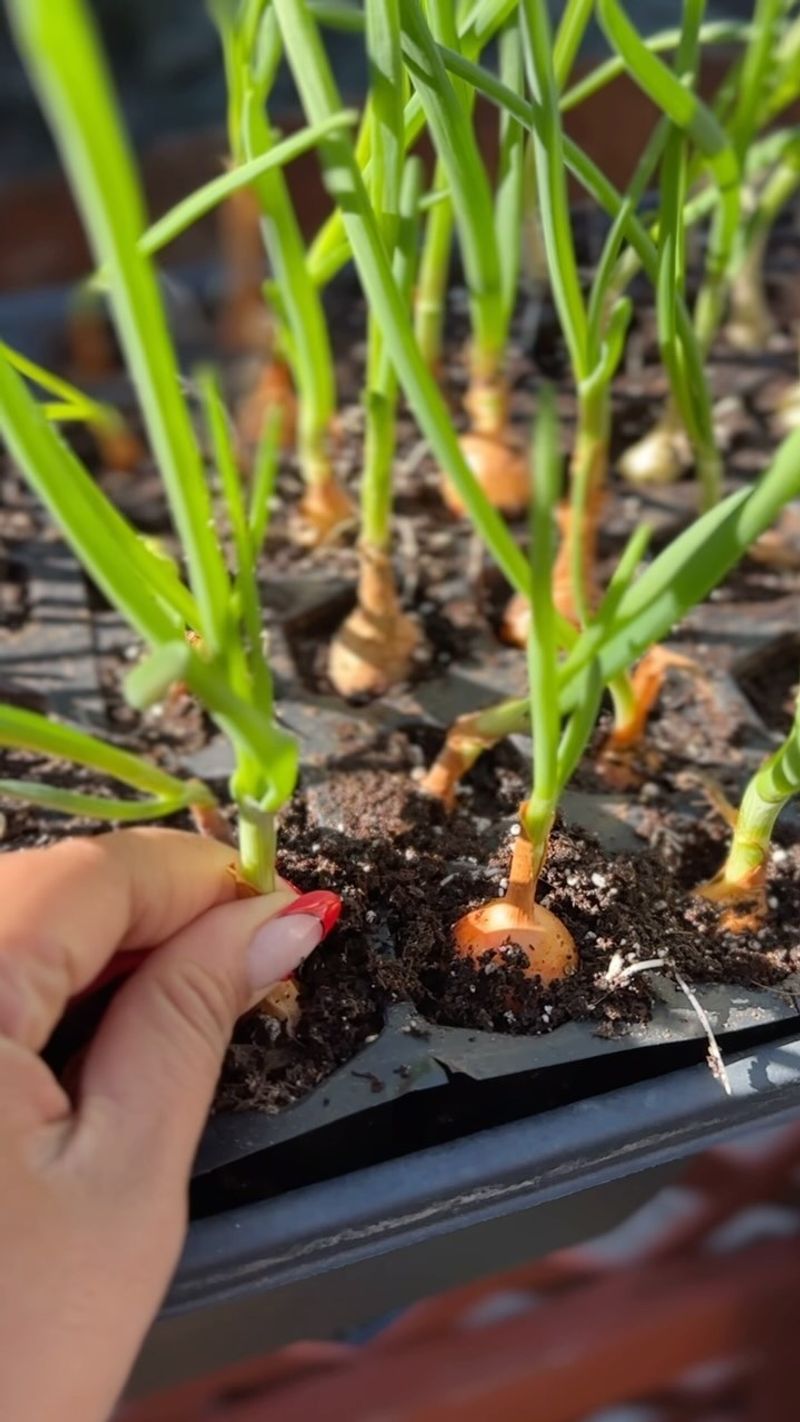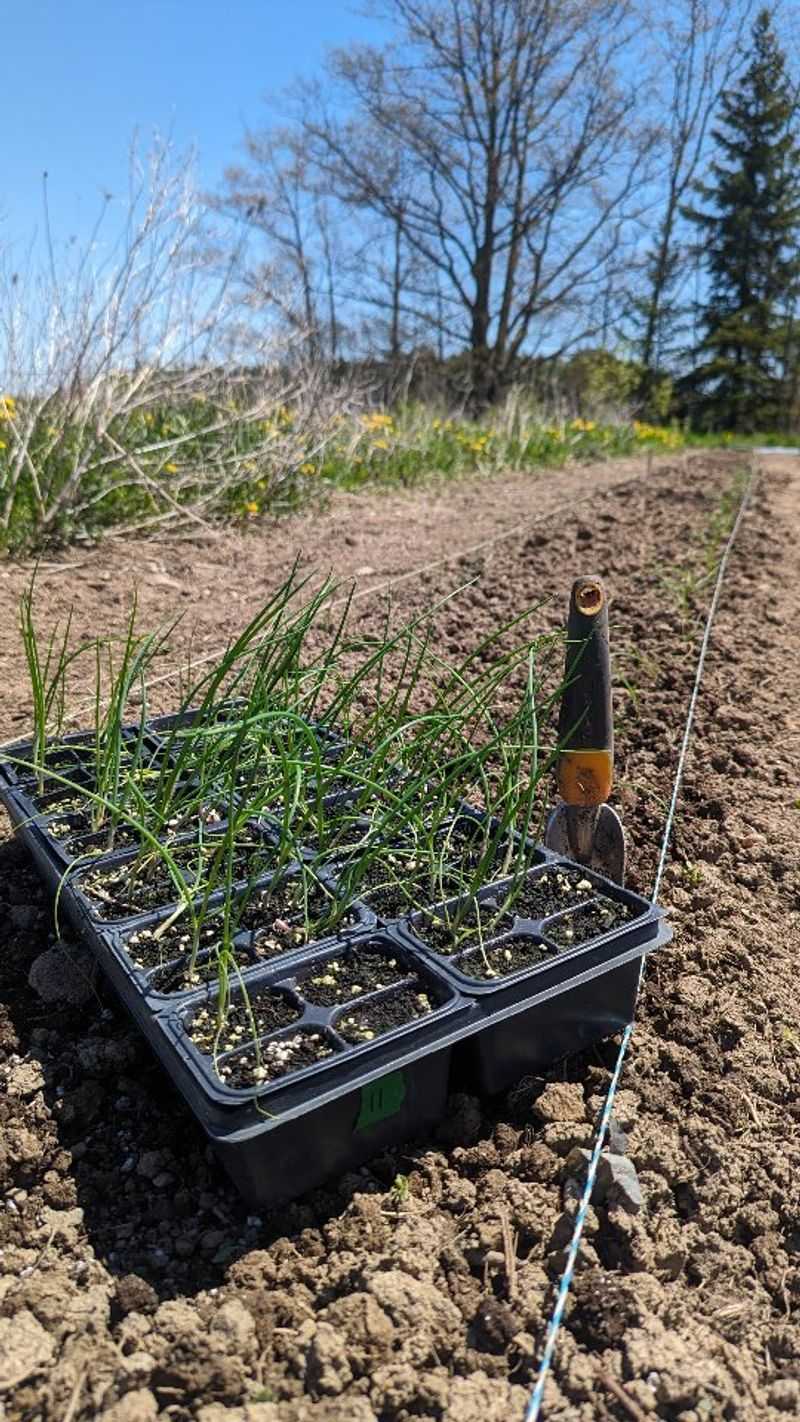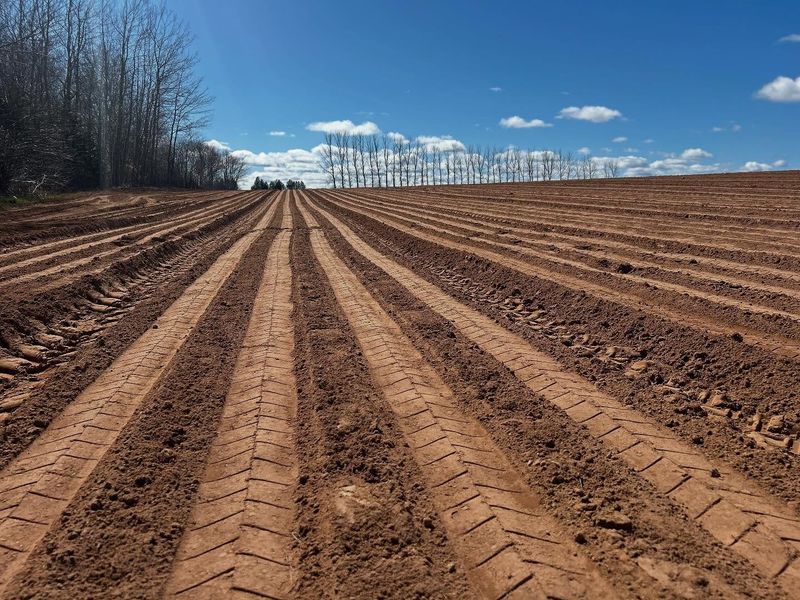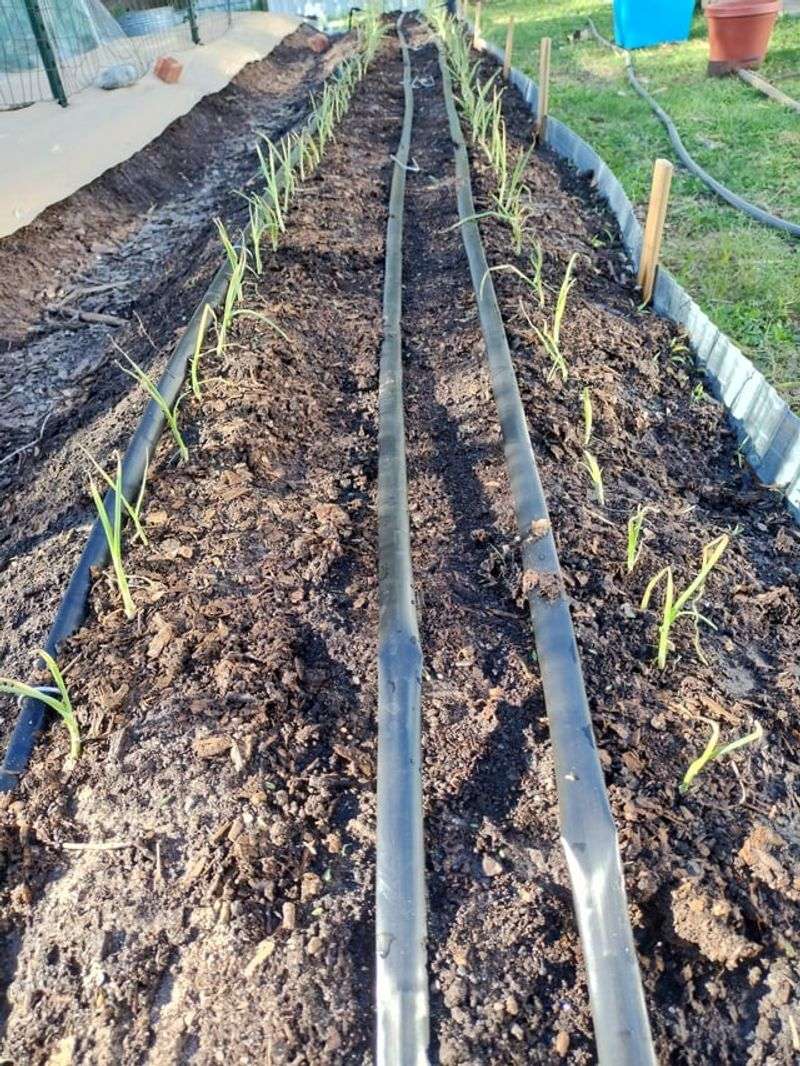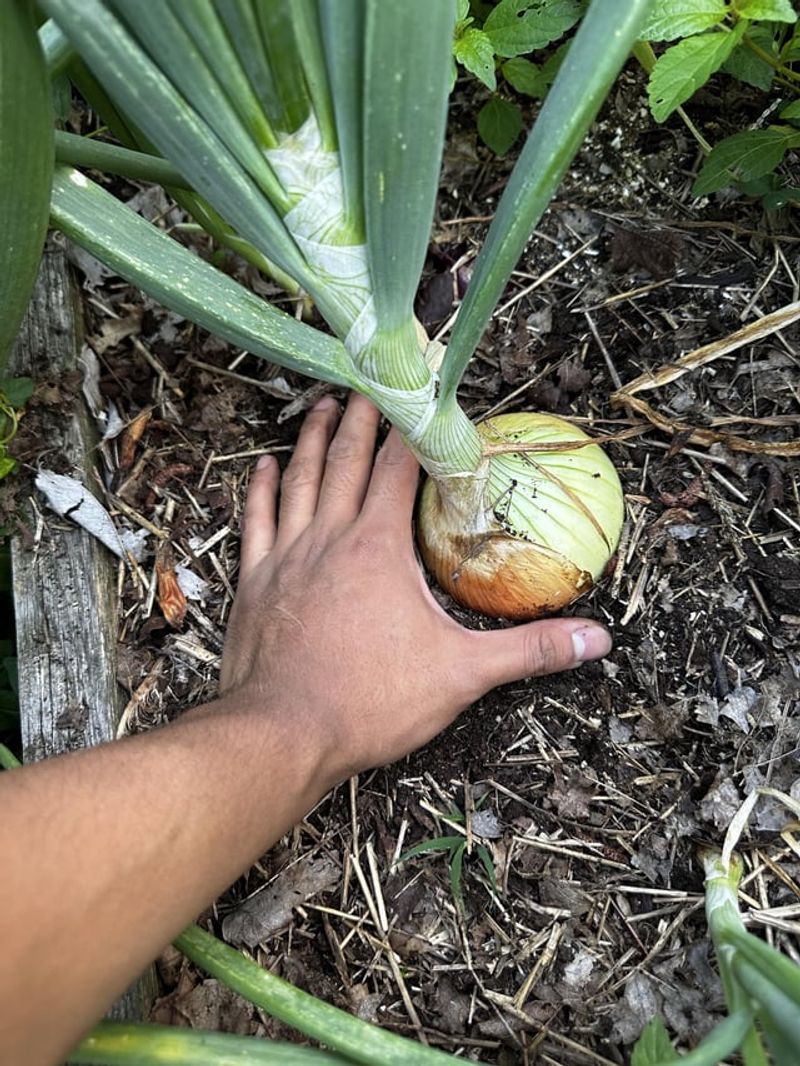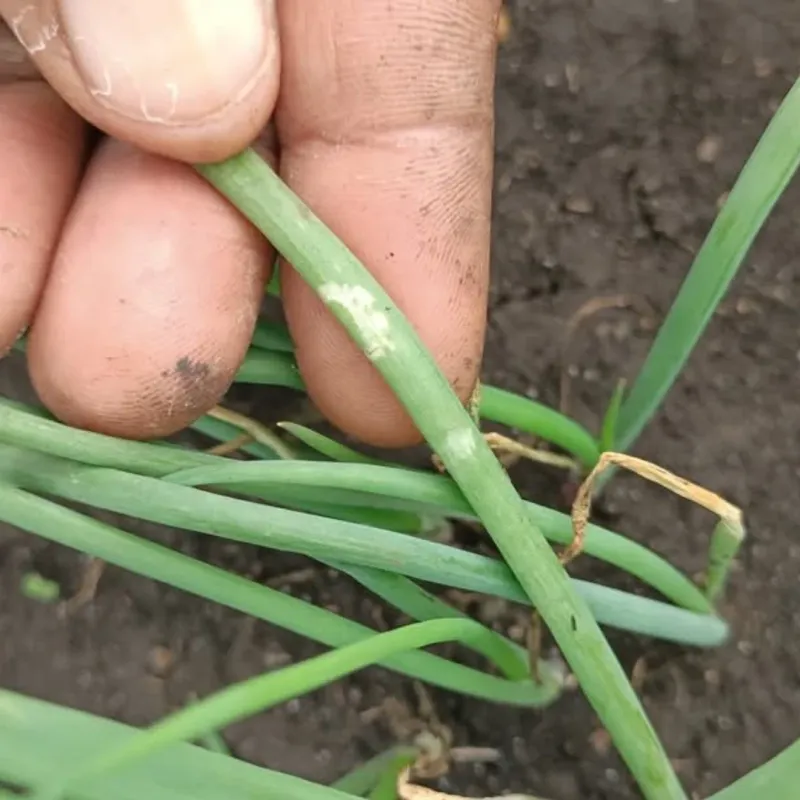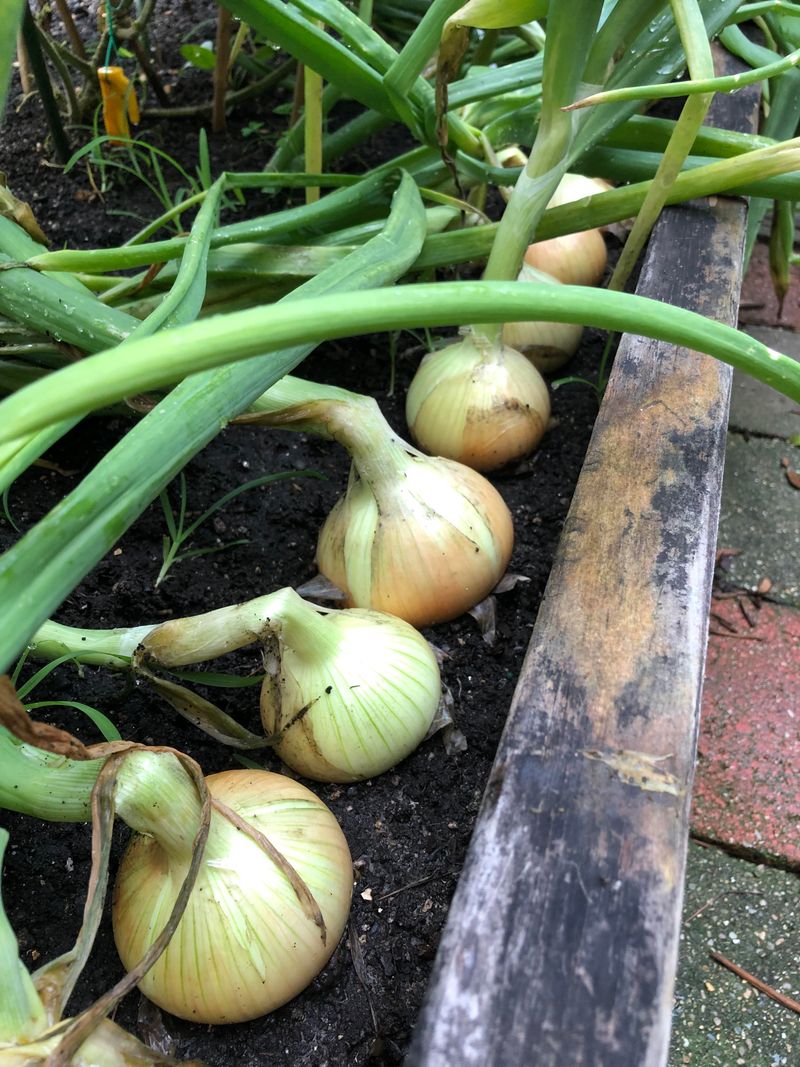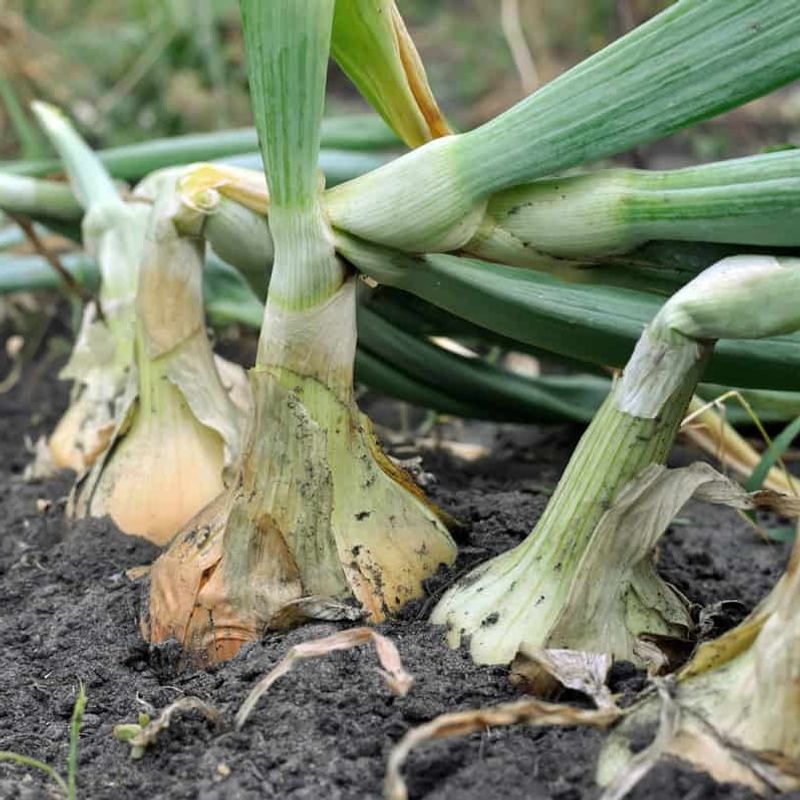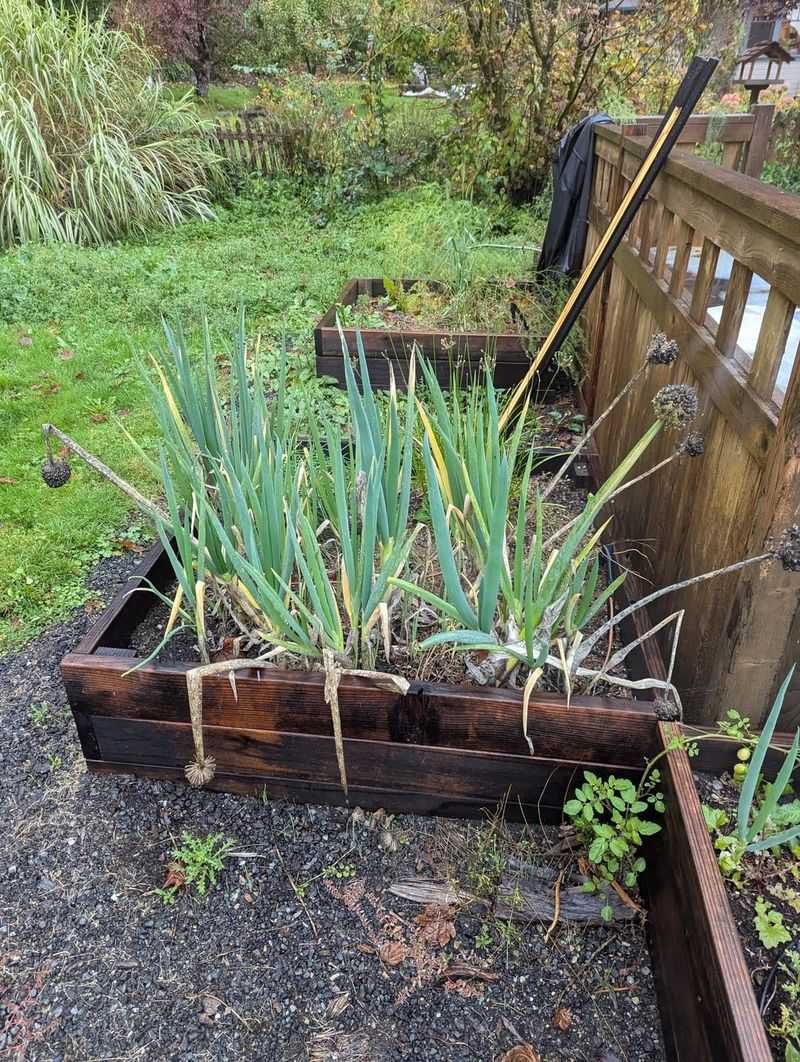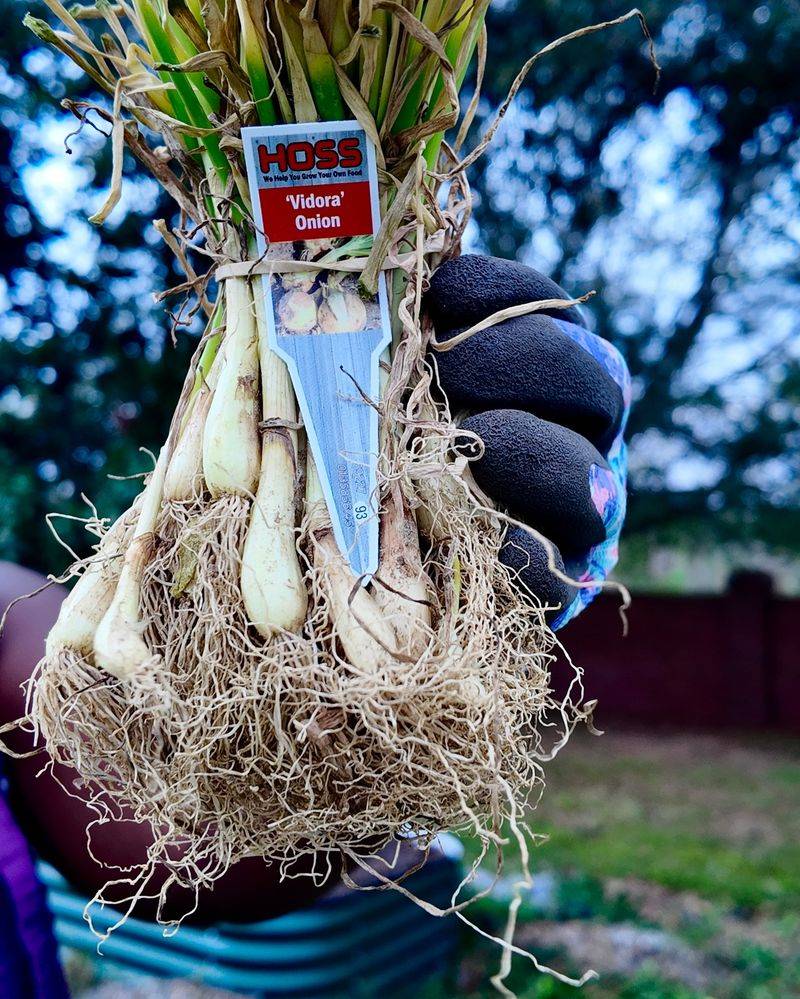Getting the timing right for planting onions can seriously boost your harvest—I’ve seen the difference firsthand.
Onions have their own rhythm, and planting them at the right moment helps them grow big and flavorful. Over the years, I’ve picked up tips that take the guesswork out of the process and set you up for success.
Some of these little tricks caught me by surprise but made all the difference. Let’s get those onions in the ground at just the right time for a thriving crop!
1. Follow the Frost Date Formula
Mark your calendar for 4-6 weeks before the last spring frost date in your area. This sweet spot gives onions the perfect head start while temperatures are cool enough for proper bulb formation.
Young onion plants establish strong root systems during this period without the stress of summer heat. Check your local agricultural extension office for the most accurate frost predictions specific to your neighborhood.
2. Watch Day Length Signals
Not all onions are created equal when it comes to daylight needs. Long-day varieties need 14-16 hours of sunlight to form bulbs (perfect for northern regions), while short-day onions require only 10-12 hours (ideal for southern gardens).
Day-neutral types offer flexibility for mid-range climates. Matching your onion variety to your region’s natural day length patterns can double or triple your harvest size.
3. Monitor Soil Temperature Carefully
Grab a soil thermometer and wait until your garden reaches 50°F (10°C) consistently. Onions might survive colder soil, but they won’t thrive or develop properly below this temperature threshold.
Morning readings provide the most accurate measurements since the soil hasn’t been warmed by the day’s sun yet. Raised beds warm faster in spring, giving you a potential two-week head start on planting.
4. Fall Planting for Certain Varieties
Surprise your neighbors by planting certain onion types in fall! Hardy varieties like shallots and multiplier onions actually benefit from overwintering. Plant these 6-8 weeks before your first fall frost date.
The plants establish roots before winter dormancy, then explode with growth when spring arrives. This head start often results in larger bulbs and earlier harvests than spring plantings.
5. Start Seeds Indoors for Timing Control
Take charge of your growing schedule by starting onion seeds indoors 10-12 weeks before transplanting outside. Under grow lights, these tiny seeds develop into sturdy seedlings ready for garden life.
Indoor starting gives you access to hundreds of varieties not available as sets. Trim the tops to 3 inches regularly (like giving your onions a haircut) to encourage stronger root growth before moving them outdoors.
6. Sync With Moon Phases
Ancient gardening wisdom suggests planting root crops like onions during the waning moon (the period after full moon). During this phase, energy supposedly flows downward into the soil, encouraging strong root and bulb development.
While scientific evidence is limited, many experienced gardeners swear by this method. The moon-based planting calendar also serves as a helpful reminder system to avoid missing optimal planting windows.
7. Stagger Planting Dates for Extended Harvests
Create a continuous onion supply by planting small batches every 2-3 weeks throughout your growing window. This simple technique ensures you’ll have fresh onions ready for harvesting over a much longer period.
Start with quick-maturing varieties, then plant mid-season types, finishing with long-storing varieties. Label each section clearly with planting dates to track what works best for future seasons.
8. Coordinate With Companion Plants
Time your onion planting to coincide with perfect garden neighbors. Strawberries, tomatoes, and lettuce all make excellent companions, deterring pests and sometimes improving onion flavor.
Avoid planting near beans and peas, which can stunt each other’s growth. A well-planned companion planting schedule maximizes garden space while creating natural pest barriers that protect your precious onion crop.
9. Use Local Farmers as Timing Guides
Make friends with successful onion growers in your area – they’ve already solved the timing puzzle for your specific microclimate. Local farmers markets are perfect for connecting with experienced growers willing to share advice.
Many seasoned gardeners track planting dates for decades and can pinpoint optimal times down to the week. Their hard-earned knowledge often outperforms general growing guides created for broader regions.
10. Pay Attention to Wind Patterns
Schedule your onion planting during a period of calm weather. Strong winds can damage tender seedlings and dry out the soil too quickly, stressing young plants.
Early morning hours typically offer the calmest conditions for transplanting. If your area experiences predictable windy seasons, adjust your planting schedule to avoid these periods or create temporary windbreaks to protect newly planted onion beds.
11. Track Soil Moisture Cycles
Time your planting to coincide with periods of moderate soil moisture. Onions struggle in waterlogged conditions but also need consistent moisture to establish properly.
Aim for that sweet spot after spring rains have subsided but before summer drought conditions begin. Many regions have a 2-3 week window where soil moisture levels are naturally perfect for onion establishment without additional irrigation.
12. Use Growing Degree Days (GDD)
Embrace the science of Growing Degree Days – a measurement system that tracks accumulated heat units plants need for development. For onions, start tracking when base soil temperatures reach 40°F (4°C).
Most onion varieties need about 2,000-2,600 GDD to reach maturity. Weather stations or agricultural extensions often provide this data. This method offers precision beyond simple calendar dates, especially helpful in unpredictable climate conditions.
13. Consider Regional Humidity Patterns
Schedule your onion planting to avoid your region’s highest humidity periods whenever possible. High humidity combined with warm temperatures creates perfect conditions for fungal diseases that plague onions.
In humid southern regions, earlier planting often allows bulbs to mature before summer moisture peaks. Northern gardeners might delay planting until spring soils dry sufficiently, even if temperatures seem appropriate.
14. Align With Seasonal Pest Cycles
Time your planting to dodge peak onion pest activity. Onion maggot flies, for example, have three distinct life cycles during growing seasons in many regions.
Early or late planting can help avoid the worst damage from these generations. Consult local extension offices for pest prediction models specific to your area. This strategic timing often reduces or eliminates the need for pest control measures.
15. Adapt for Climate Change Realities
Adjust traditional planting dates to account for shifting climate patterns. Many regions now experience earlier springs, hotter summers, and longer falls than historical averages suggest.
Keep a garden journal tracking weather patterns, planting dates, and harvest results. After a few seasons, you’ll notice trends allowing you to create a personalized planting calendar that reflects your garden’s current climate reality rather than outdated recommendations.
16. Utilize Season Extension Techniques
Push planting boundaries with simple season extenders like row covers, cold frames, or hoop houses. These tools can effectively move your planting date up by 2-4 weeks in spring or extend it later into fall.
The protected environment creates a microclimate that buffers temperature extremes. Remove covers once temperatures stabilize to prevent overheating. This technique works particularly well for establishing transplants rather than direct-seeded onions.
17. Synchronize With Soil Biology Activity
Plant when soil biology is most active to give onions a nutrient boost. Beneficial soil microorganisms become increasingly active as soil warms, typically reaching good activity levels at 55-65°F (13-18°C).
This biological sweet spot often occurs 2-3 weeks after minimum planting temperatures are reached. Applying compost tea or biostimulants at planting time further enhances this effect, creating ideal conditions for vigorous early growth.

